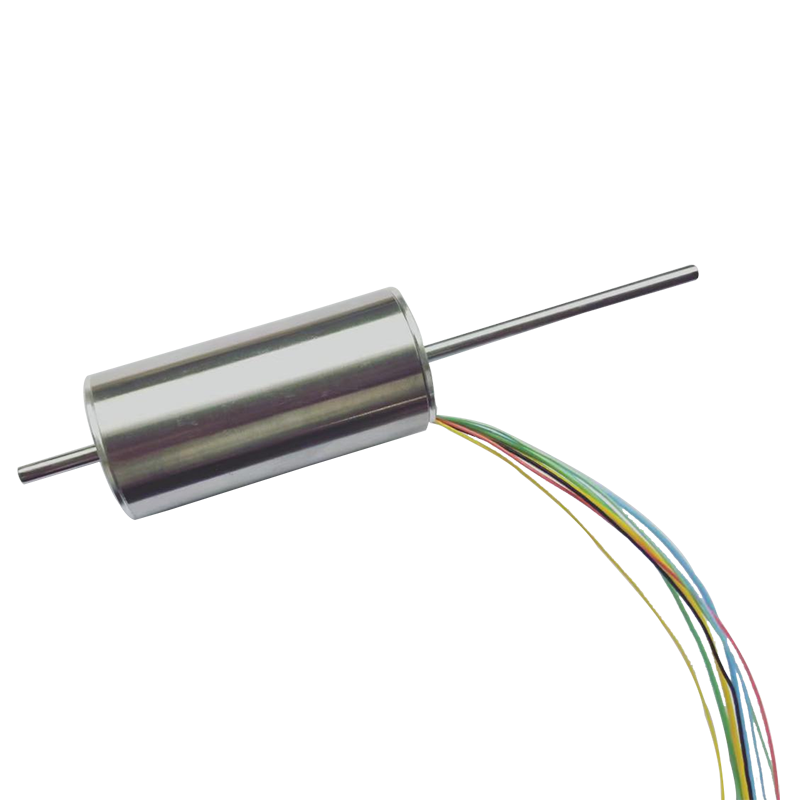
- English
- Español
- Português
- русский
- Français
- 日本語
- Deutsch
- tiếng Việt
- Italiano
- Nederlands
- ภาษาไทย
- Polski
- 한국어
- Svenska
- magyar
- Malay
- বাংলা ভাষার
- Dansk
- Suomi
- हिन्दी
- Pilipino
- Türkçe
- Gaeilge
- العربية
- Indonesia
- Norsk
- تمل
- český
- ελληνικά
- український
- Javanese
- فارسی
- தமிழ்
- తెలుగు
- नेपाली
- Burmese
- български
- ລາວ
- Latine
- Қазақша
- Euskal
- Azərbaycan
- Slovenský jazyk
- Македонски
- Lietuvos
- Eesti Keel
- Română
- Slovenski
- मराठी
- Srpski језик
What is the Hall-effect sensor on a brushless DC motor?
2023-10-25
Brushless DC (BLDC) motors are synchronous electric motors powered by a DC electric source via an integrated inverter. They are also referred to as electronically commutated motors.
Unlike traditional brushed motors where the rotor is fixed and the magnetized stator rotates, BLDC motors have a fixed stator and a permanent magnet rotor that rotates around the axis of the motor.
The electronic control unit sequentially energizes the stator winding phases in a particular order to create a rotating magnetic field that interacts with the permanent magnets on the rotor, causing the rotor to rotate.
BLDC motors offer several advantages over brushed DC motors, including higher efficiency, longer lifespan, higher power density, lower maintenance, and lower electromagnetic interference.
They find a wide range of applications in industries such as automotive, robotics, aerospace, medical equipment, and consumer electronics.
A Hall-effect sensor is a type of sensor that is often found on brushless DC motors. It is used to detect the position of the rotor in the motor so that the appropriate electrical signals can be supplied to the motor's windings.
The Hall-effect sensor consists of a small piece of material, usually a semiconductor, that is sensitive to magnetic fields. This material is placed near the motor's rotor and as the rotor rotates, the magnetic field it generates causes a change in the properties of the semiconductor material.
This change is detected by the Hall-effect sensor and is used to determine the rotor's position. This information is then sent to the motor's control circuit, which uses it to adjust the electrical signals supplied to the motor's windings. This allows the motor to operate efficiently and smoothly.



